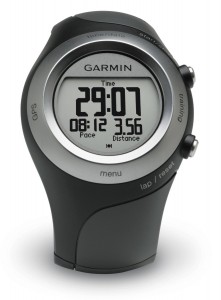Back on February 14th, I signed up for the Back on My Feet Ultra Marathon. It was my intention to post weekly vlogs, updating on progress, covering tips for training, thoughts, failures and successes. Sadly, I have yet to take out the video camera. While I am hoping to share some video documentation along the way, I figured I should at least sit down and update you on what has been going on thus far. it is my intention to sit down with the camera soon, I promise.
The last month has been insane. Weather has been anything but kind this Winter. While I have been out there day after day with my athletes, running beside them, I have had little motivation to go out on days I am not coaching and clock additional miles. Some of my decisions were safety-related, as the amount of snow, slush and ice on the streets and sidewalks of NYC has been awful many times, and black ice is a nasty beast. I will also confess that I have felt slightly “down” and uninspired to work hard on my own goals.
Another difficulty has been my pacing load. I love my runners, and I am happy to be out there running next to them – even when it’s 5 degrees. I am so proud of my warriors who have hit the streets, day after day in this awful weather. The struggle for me has been that all of the miles tend to bundle within 4 days per week – which obviously is tiring, but also potentially dangerous. I need to make sure I avoid injury, and cramming 50-60 miles within 4 days is a lot for me right now. Therefore, I tend to take the remaining days of the week to rest, because I feel beat up. I need to be more assertive, and move around my coaching to protect myself.
Lastly, my health has been an issue. The last two weeks I have been fighting a terrible chest cold that just won’t quit. It has made it difficult to pace, as my chest often feels tight and I begin to feel light-headed and my legs feel heavy. I am currently finishing a round of antibiotics, and was prescribed an inhaler and nasal spray to help me get over this bug. Not only have I barely run the last two weeks, but I didn’t want to put myself on camera for a vlog while congested, coughing, and blowing my nose. Blah.
I am not worried about my training, because I know I have lots of time between now and July. Right now my focus is on my runners and their goals, and getting healthy. I am excited about daylight savings time, as that should now help a bit with motivation.
I suppose a lesson I have learned and can share with the class is this: the terrible Winter has been grinding at my gears too. You are not alone if you feel unmotivated, frustrated, and simply annoyed with this weather. I feel it too. I am pissed that every single track in NYC has been snow-covered for MONTHS, and that the bridle path in Central Park has also been a slick, snow-covered mess for so much of the Winter season. But I tell myself that this too shall pass, and to relax and just do the best I can until Spring arrives – whenever that will happen.








